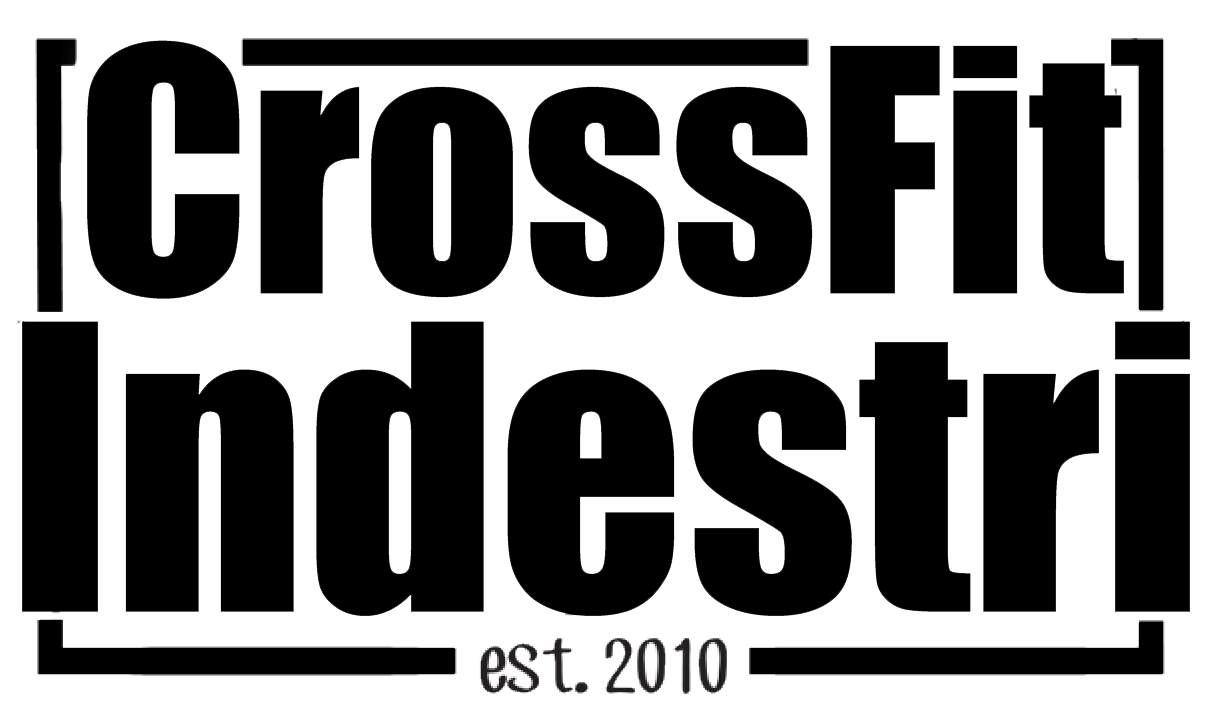Do I need active recovery? - Tuesday June 27th/17
WHAT IS ACTIVE RECOVERY?
I'm Sore AF
We all have days when we’re just too beat up to train. Our muscles are sore, limbs are stiff, and the idea of throwing a heavy barbell above our head is pretty much the last thing we want to do. Our bodies are telling us to take a day off to recover, and we would be foolish not to listen. So what do you do on your day off? Do you rest? Or do you active recover?
Active Recovery
(AR) focuses on completing an exercise at a low intensity, but high enough to increase blood flow and enhance the clearance of enzymes responsible for muscle damage and residual fatigue. Therefore AR plays a huge role in minimizing the symptoms of DOMS (delayed onset muscle soreness). I have no doubt that you are all familiar with DOMS, even if you didn't know the technical term
Do you ever wonder why, after a strenuous workout, you might not feel sore until the next day—or even two days later?
This is due to lactic acid building up in your muscles during anaerobic (without oxygen) exercise. The molecules in lactic acid break apart in the blood and produce hydrogen ions, which decrease the pH of the blood—which in turn causes something called metabolic acidosis, which leads to the pain you feel during exercise and DOMS. Where AR comes into play is that it can help clear this lactic acid through a sustained elevated metabolic rate which generates lactate oxidation. This is why cooling down post-WOD with some light work on the rower coupled with mobility is so valuable to reducing the effects of DOMS and allowing you to perform at similar levels throughout the week.You may be surprised to learn that there is a difference between rest and recovery—though both are crucial in enhancing performance.Rest is generally categorized as sleep and time spent not training or exercising.
Recovery,
on the other hand, refers to techniques and actions taken to maximize your body’s repair. And this doesn’t just mean muscle repair. Recovery involves chemical and hormonal balance, nervous system repair, mental state and more. There are different factors such as sleep, diet and hydration that can all be beneficial, but one of the most effective methods of helping the body (and mind) recover is through active recovery.
NOT JUST WOD RECOVERY
However, AR isn’t solely limited to post-WOD or ‘day off’ use. In 2006, a study published in the Journal of Sports Science and Medicine ( I know, I'm a nerd) sought to test the effects of short duration active recovery in climbing. In this randomly assigned crossover study, 10 climbers completed five two-minute climbing trails before a two minute active or passive recovery. This was followed by a one and a half minute passive refocusing period for all climbers before the subsequent climbing trial. Heart rate, the rate of perceived exertion (RPE) and lactate concentration were all monitored during the trial. Following the active recovery phase, athletes had higher heart rates than when following the passive recovery protocol (as you’d expect), but by the end of the refocusing phase the active recovery protocol led to lower heart rates than those produced by the entire passive recovery period.
Additional Results
Furthermore, lactate concentration, as well as RPE, was significantly lower in the climbers who had engaged in active recovery protocols. The study also suggested that ‘the use of larger and or alternative muscle groups in the active recovery may benefit lactate clearance’.( This is why you can use Air squats or rowing, running, biking to recover from a heavy Squat day or deadlift day)
HOW TO IMPLEMENT AR
So now you know why active recovery is so important, it’s time to start implementing it into your weekly schedule (assuming you already do AR immediately post WOD—if not on days when we have mobility don't leave early!). There are various activities you could partake in, but it’s important to find one that suits you and that you actually enjoy.Remember, this is the time you’re spending away from CrossFit and the pressures of the WOD. Whether it’s swimming, cycling, kayaking, basketball, hiking, running, etc., make sure you are doing the activity at 60-70% effort—an easy, restorative pace. Once you are done with that, take some time to work on mobility and maintenance to make sure you have completely flushed out all the nasty lactate acid to put yourself in the best physical condition for your return to the box. You may also want to use your active recovery time to work on a skill (like swimming or rowing) or technical aspects in your Olympic lifts or gymnastic movements. However, I would recommend doing something other than CrossFit-related activities. Your body and your mind could use a break from the box—and that’s ok, it’s not a crime! Too much of anything is not a good thing.As Greg Glassman says, “Regularly learn and play new sports.” Get outside and play with your fitness!
TO READ THE STUDY FROM JOURNAL OF SPORTS & SCIENCE I MENTIONED ABOVE, CLICK THIS LINK: STUDY 2006
Tuesday June 27, 2017
Focus:
Hang Power CleanE2MOM 12 Mins1 Dead Lift3 Hang Clean Pulls5 Hang Power Cleans.
Workout Of the Day:
3RFT20/15 Cal Row10 HPC 155/105.Lvl 2 Fitness3RFT20/15 Cal Row10 HPC 115/85.Lvl 1 Technique15/10 Cal Row10 HPC 95/65.Lvl 4 Competitor 20 Cal ROW10 HPC 185/125.
Cash Out:
Coaches Choice.Check back each night at 8pm for the next days WOD.



